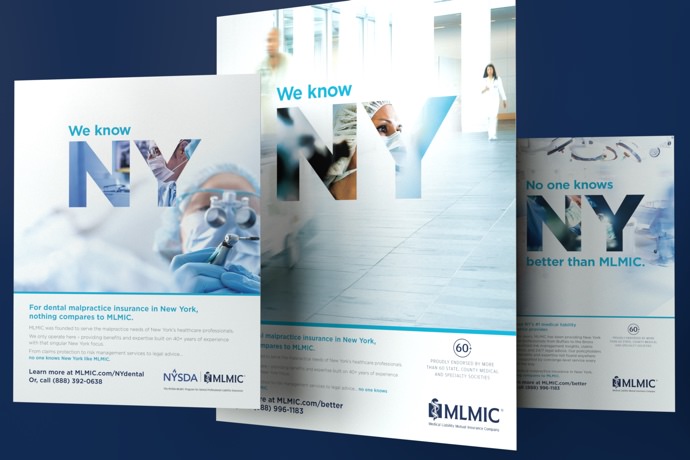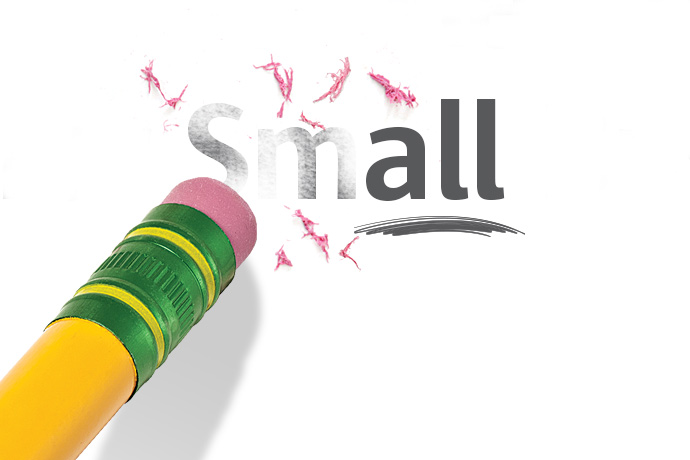Public Education Campaigns in Healthcare: Better Health and Bottom Lines

If you were a television viewer in the late 80’s, it’s highly likely you remember this:
Any questions? The public service announcement (PSA) – This Is Your Brain On Drugs – was part of a national anti-drug campaign sponsored by Partnership for a Drug-Free America (PDFA). Consistently, it’s ranked among the top PSAs for one reason: we can’t get it out of our heads. Memorability is important from a marketing standpoint, of course, but what else matters to healthcare marketers?
As with many crucial tasks within hospitals and healthcare systems, we must attempt not only to improve wellness, but also to have a positive impact on the bottom line. Whether it’s clarification of healthcare changes related to the Affordable Care Act (ACA) or awareness of disease prevention, we’re bound to consider public education campaigns as components of our direct-to-consumer marketing.
Much like the PDFA effort, our public (and patient) education campaigns aim to influence behavior albeit (often) on a smaller scale. Here are a few ideas of varying scopes for you to consider as you advance messages that keep people – and bottom lines – healthy:
Old-school
Want to empower patients to remind doctors and nurses to wash their hands to decrease the spread of infection? One of the most effective methods is simple: post flyers in hallways and exam rooms. Other “old school” methods still have great utility, as well. Radio spots for a healthcare system in Southern Maine, which wanted to improve service and reduce unnecessary emergency room (ER) visits, compared injuries and illness based on their severity while instructing listeners about the right facility – Maine Medical Center’s ER or Brighton FirstCare – in each case. And remember essay contests and poster contests? Earlier this year, Women & Children’s Hospital (Lake Charles, LA) sponsored an anti-smoking PSA video contest for Kick Butts Day 2013. The results? Some pretty powerful messages emerged from the community.
“New” school
With the popularity of social media and other emerging digital platforms, lots of new kinds of campaigns are possible. Marketers can put fresh spins on those old-school ideas (check out a virtual science fair in GE’s recent Vine campaign, for example) or take new approaches, like content marketing and crowd-sourcing (like this team did to gather stories of individuals affected by non-communicable diseases). These vehicles can help create buzz for your public service message – and your brand.
Grassroots
Very often, our best efforts for public education don’t take place on-screen at all. They happen on the street; they take place person-to-person. When they are part of an overall strategy, these very purposeful public education efforts can improve outcomes and result in savings. For example, establishing public health priorities and getting involved in community initiatives helped Spartanburg Regional Health Care System cut its annual uncompensated care from $106 million to $80 million in five years.
Outside the box
Some ideas for public education campaigns come from neither traditional media nor “new” media; they come from entertainment and culture. Together with the National Stroke Association, New York City neurologist Olajide Williams created the “Hip-Hop Stroke” program to use lyrics and the celebrity of rappers like Doug E. Fresh to deliver stroke-detection pointers to the black community, which he says has the highest incidence of stroke and mortality. But it’s not just the popularity of hip-hop music that makes this campaign a success: write-ups in journals like Neurology and Stroke, confirm that the rhyme and cadence of the songs improved school children’s recall of stroke symptoms… which could help them get care for a loved one faster. Got a very specific message for a very specific audience? Get beyond media consumption and take a look at other habits and preferences to discover unique – and personalized – delivery options for your message.
The takeaway
All of the campaigns described in this piece were extremely focused not only in the vehicles chosen for the messages, but also in their pursuit of very specific goals… like “teach individuals the symptoms of stroke” or “teach patients how to use the ER and urgent care departments effectively.” No matter what you do, be sure to define your measure of success.
Your campaign probably won’t achieve pop culture status and incredible longevity like “This Is Your Brain On Drugs,” and that’s OK. Likely, shelf-life and popularity weren’t the objectives of the PDFA, either. It wanted to prevent drug use. What’s your goal?






